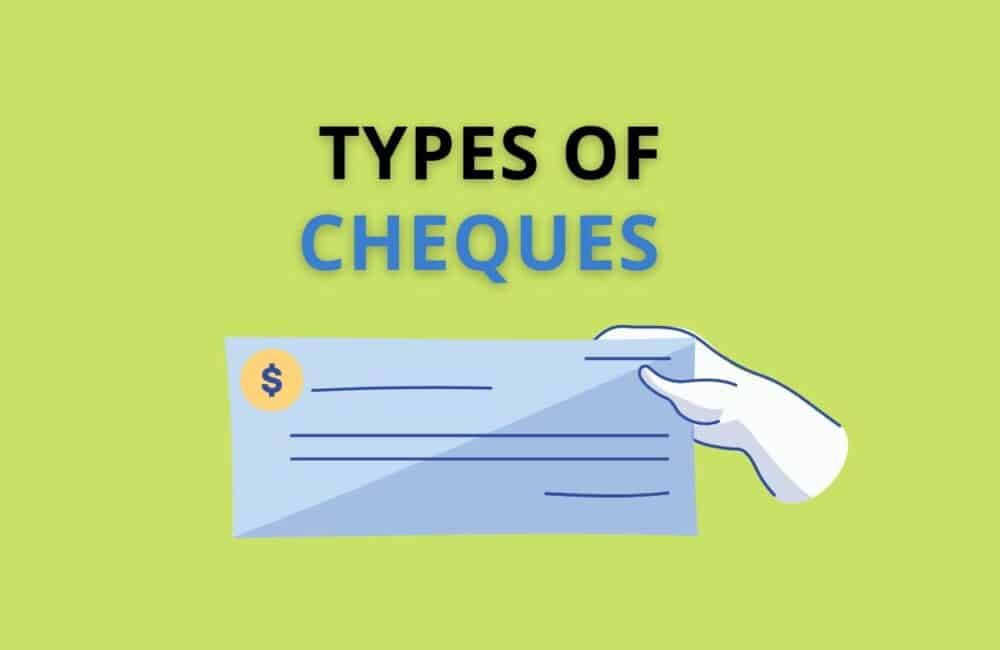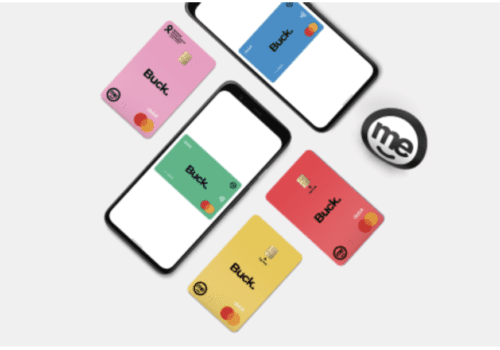What Do You Mean By Cheque?
Cheques are pieces of paper or documents that order the bank to transfer money from an account of an individual or an organization to another account. The “drawer” is the person who writes the cheque, and the “payee” is the person whose name the cheque is issued. Cheques contain information such as the amount of money, the payee’s name, and the drawer’s signature.
Among the many different types of negotiable instruments, a cheque is very common banking instrument. A savings account or a current account in a bank is needed to write a cheque in one’s name or on behalf of others.
The cheque instructs the bank to pay the predetermined amount to the person named in the cheque. This transaction must be handled very carefully to prevent fraud.
An individual or business can get a specific amount of money on demand by using a cheque. For example, payment can be made from a bank account using this printed form.
The person to whom you’re making payment signs the cheque, which contains the amount of money you’re sending and gives it to you. The money is then withdrawn from your account and transferred to the Payee.
Types Of Cheque
Different types of cheque can be issued. The following describes each type:
Bearer Cheque
Bearer cheques are cheuques in which payment is made to the person holding the check or carrying it. The cheques are transferrable by delivery, meaning you can receive the payment if you present the cheque to the bank. Such cheques are known as bearer cheques.
Bearer cheques are cheque that the bearer is authorized to cash. Therefore, whoever takes the cheque to the bank is entitled to ask it to be encashed. Cash can be withdrawn with this type of cheque. In addition, endorsable statements are available for withdrawal. Bearers of this cheque are not required to provide identification.
For example, if the cheque is signed by Arjun (the drawer) and paid to Varun (the Payee). A third person can get encashment for Varun’s cheque either by going to the bank or being sent by Varun. Therefore, there is no need to identify the bearer of the cheque. A person can remove the option “OR BEARER” from a cheque if they don’t want their cheque to be endorsable.
Also Read: What is Cancel Cheque & Why We Need it?
Order Cheque
An order cheque is one in which the bearer’s name is canceled. The cheque automatically becomes an order cheque when the word bearer is canceled. The order cheque is issued by the bank and paid to the payee. When presenting an order cheque, the bank requires the identification of the payee. Such a cheque is known as an order cheque.
The Payee, whose name appears in the cheque, is the only person to get cash for that amount. Therefore, this type of cheque cannot be endorsed. To ensure the Payee can only encash the cheque, the drawer needs to strike the “OR BEARER” mark mentioned on the cheque.
For example, if the cheque must be signed with Varun’s name for the Payee to encash the order cheque at the bank. The bank can check the identity of the Payee before the money is withdrawn.
Crossed Cheque
Crossed cheques are cheques that have two parallel lines drawn across them, either across the entire cheque or through the left-hand corner. This type of cheque is known as crossed cheque.
A cash withdrawal is not possible with this form of cheque. Transferring money from the drawer to the Payee is only possible from one account to another. Anyone at the bank can submit the cheque. A crossed cheque should be drawn with two lines at the top left corner.
Account Payee Cheque
An account payee cheque is a cheque that allows the payee to deposit the funds into the payee bank account directly. Such a cheque is known as an account payee cheque.
A similar cheque can be issued without involving a third party, such as an account payee cheque. Transfer of the amount will be made directly to the account number of the Payee.
An account payee cheque is identified by two lines on the left top corner labeled “A/C PAYEE.”
Also Read: What are Duplicate Checks?
Stale Cheque
Cheques in India are valid for only three months after the date of issue. Therefore, a cheque signed three months ago shall be considered stale if the Payee goes to the bank to withdraw.
For example, Payees who visit the bank on May 1, 2021, to withdraw a January 1, 2020 cheque will have their request denied, and the cheque will be deemed stale.
Post Dated Cheque
Post-dated cheques are a form of a cheque whose date of issuance has been written in the future. This type of cheque is called a post-dated cheque. Payees can request withdrawals and transfers after the current date by filling out a postdated cheque.
For example: When filling out the cheque, the drawer can put the date of May 30, 2021, for the payment, assuming the price will be made later than the date of May 10, 2021. These cheques are called a postdated cheque.
Ante Dated Cheque
Antidated cheques are those that are written by the drawer and are dated at a later date. This type of cheque is called an Antidated cheque. An antedated cheque is one on which the drawer has included a date before the current date on the cheque.
For example, A cheque bears a date of January 1, 2021, if the current date is January 30, 2021. Therefore, the statement is considered antedated.
Also Read: How to Fill a Cheque – 5 Steps Cheque Filling Guide
Self Cheque
A self-cheque is a cheque that is issued by the drawer to himself or herself. It can be collected from the bank from which it was drawn. This type of cheque is called a self-cheque.
Those who wish to receive cash personally can issue cheques in which the Payee’s name is substituted with “SELF” and receive payment at the branch where they hold an account.
For example, The person can issue a self-cheque and visit the bank branch where he has an account and obtain encashment instead of a cheque for Rs.1,00,00/-.
Travelers Cheque
A traveler’s cheque is a form of payment provided by financial institutions. Paper cheques are typically used by travelers when they travel abroad. They can be purchased for fixed amounts and are exchangeable for cash or used to purchase goods and services. This type of cheque is called a Traveler’s Cheque.
The Travelers Cheque can be used overseas, where Indian currency is not accepted. Traveler’s cheques can be encashed in foreign countries if the traveler is going abroad.
Mutilated Cheque
When a cheque is torn into two or more pieces, it is known as a mutilated cheque. Such a cheque is referred to as a mutilated cheque.
Blank Cheque
The blank cheque can be described as a signed cheque on which the amount payable is not specified. Such a cheque is also known as a blank cheque.
A blank cheque is one in which all the other fields are left empty, except for the drawer’s signature. Among the cheques used in Indian banking, the ones mentioned above are the most commonly used.
Recommended:
What is International Banking?
Difference Between Interbank and Intra Bank
Frequently Asked Questions
How Much Time Does It Take To Clear A Cheque?
The bank clears cheque within two business days and in no more than five days.
Can I Withdraw Cash From Any Bank By Cheque?
Cheques can be cashed at any bank without having a bank account.
Are Bank Cheques Safe?
The only problem is that bank cheques are not entirely secure and are quickly canceled. So, in addition to balancing personal cheque, there is no way to know if they will be honored once deposited in your account.
Why Cheques Are Not Legal Tender?
Legitimate currency is defined as money backed by a legal sanction from the government. Cheques are not considered legal tender since they can be refused for settlement of transactions. However, the trust in the issuer of the cheque is still a factor that makes people accept cheques.
What Is The Safest Cheque?
Since the funds are drawn from the bank’s account, not from the individual or business’s account, a cashier’s cheque is generally regarded as a safer option.



